Karuun
Renaissance of rattan
Everybody knows rattan furniture – a bestseller in the 70s that went out of fashion for some time. Rattan is enjoying a comeback thanks to a young company from the Allgäu area called Out For Space. The sturt-up created a nature tech material – Karuun – that is aesthetic as well as functionally unique. Holzrausch had an eye on this particularly ecological material made from the rattan palm right from the beginning of its development and uses it in its projects. The name Karuun is based on the words for “hidden treasure” in Indonesian: this treasure can be found in three products. The nature tech material is used for furniture construction, interior design, consumer goods and the automotive and aerospace industries. Acoustic applications and three-dimensional deformations are also possible.
Design student Julian Reuter brought home a simple rattan strip from an Indonesia trip in 2016 and started experimenting with it at home with his colleague Peter Kraft. That was the beginning of Karuun – a material that takes advantage of the capillary structures of the rattan palm. “We humans can use the plant in the same way as the rainforest,” the two explain. They filed a patent for Karuun and took aboard a third shareholder, Felix Grüneberger.
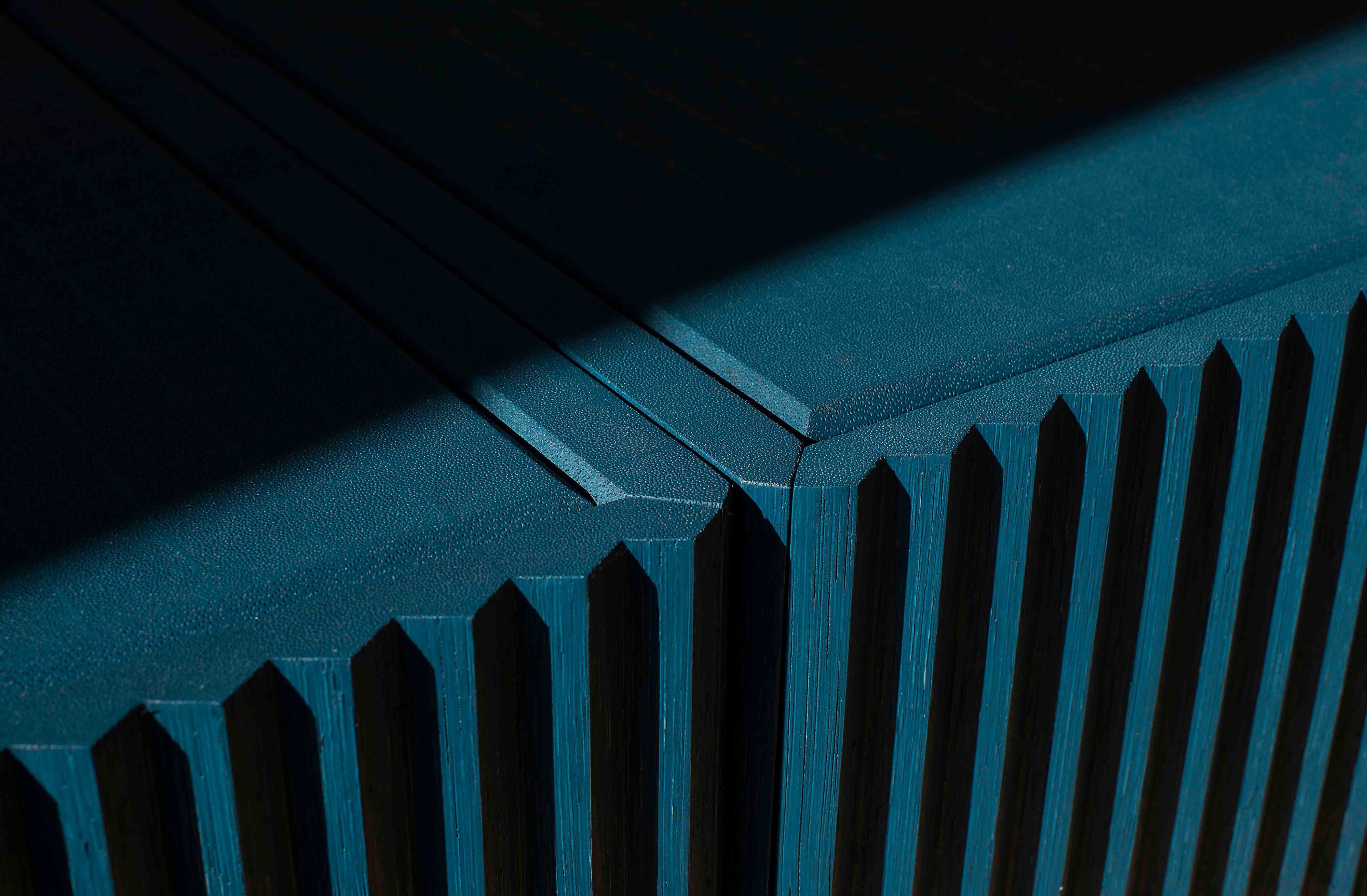
With Karuun, the Allgäu-based company Out For Space has created a nature tech material that is aesthetically and functionally unique. Holzrausch also processes this particularly ecological semi-finished product from the rattan palm.
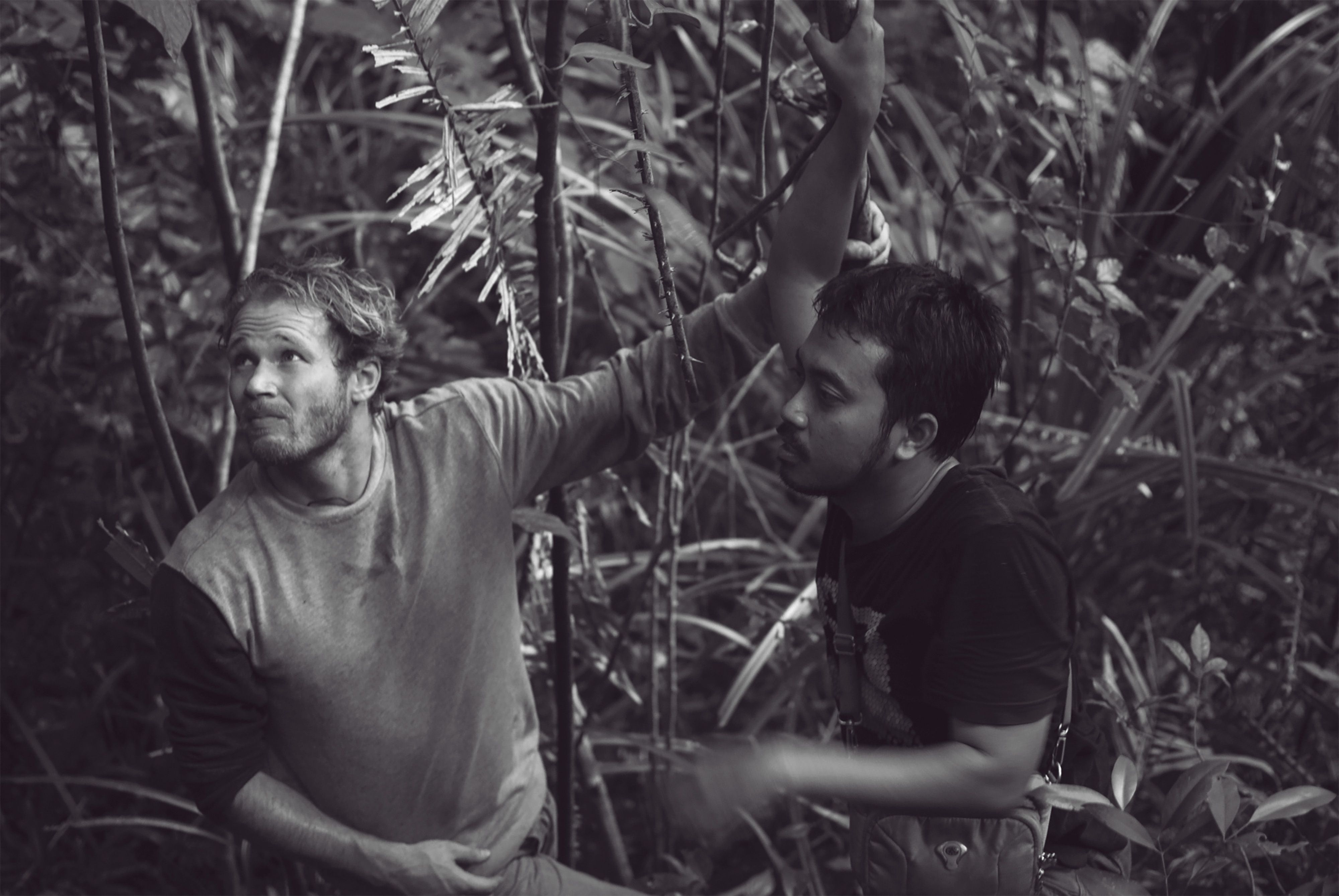
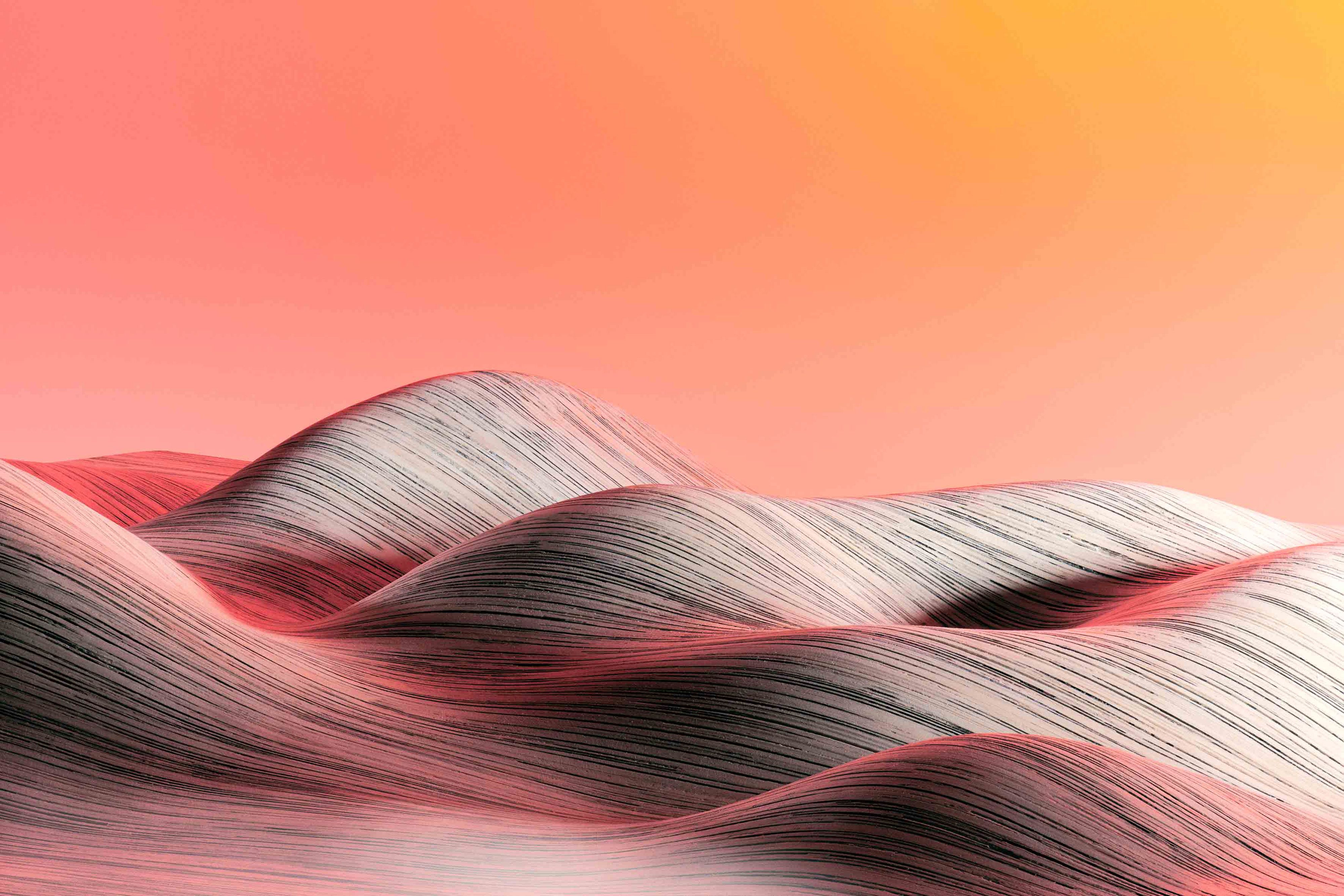
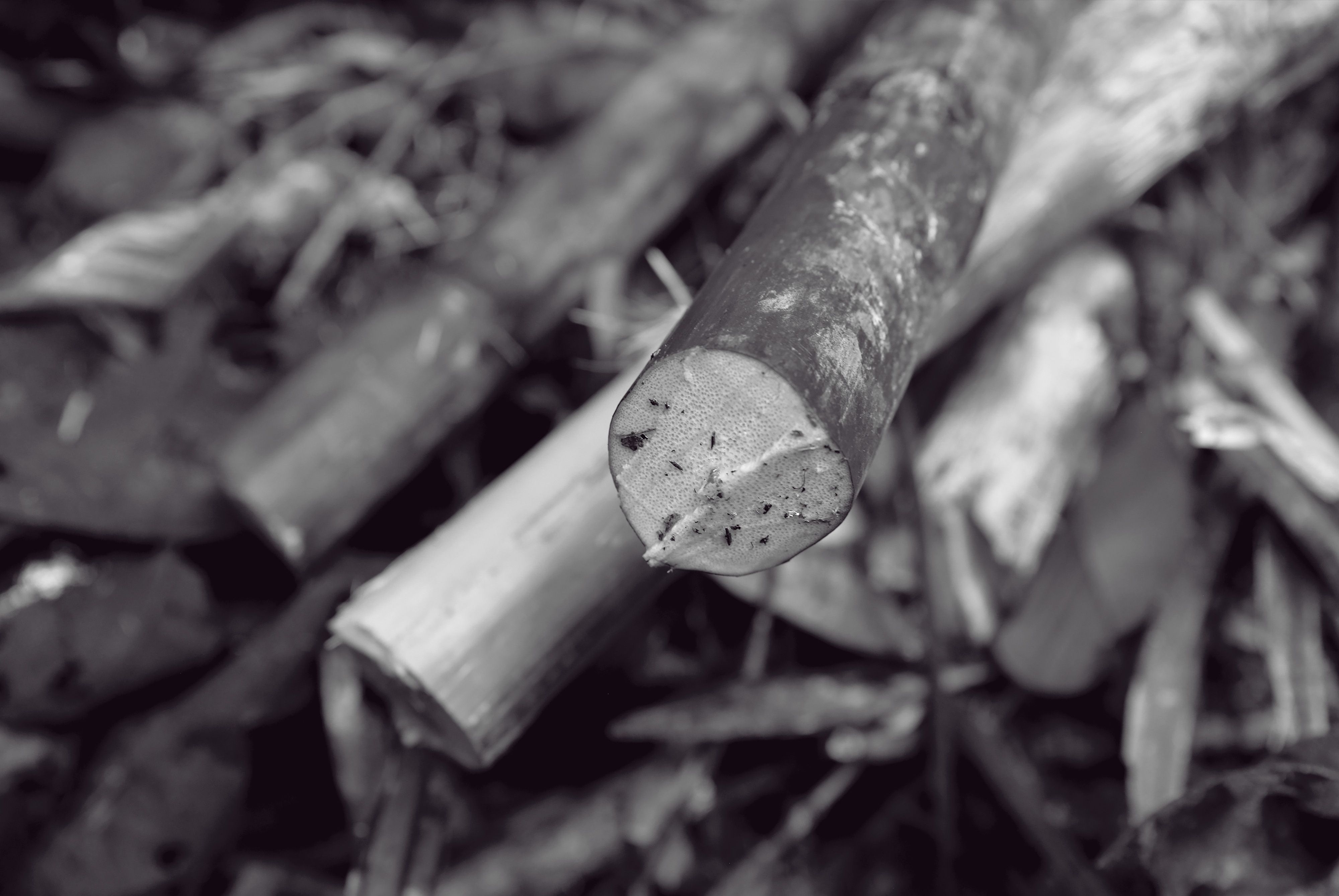
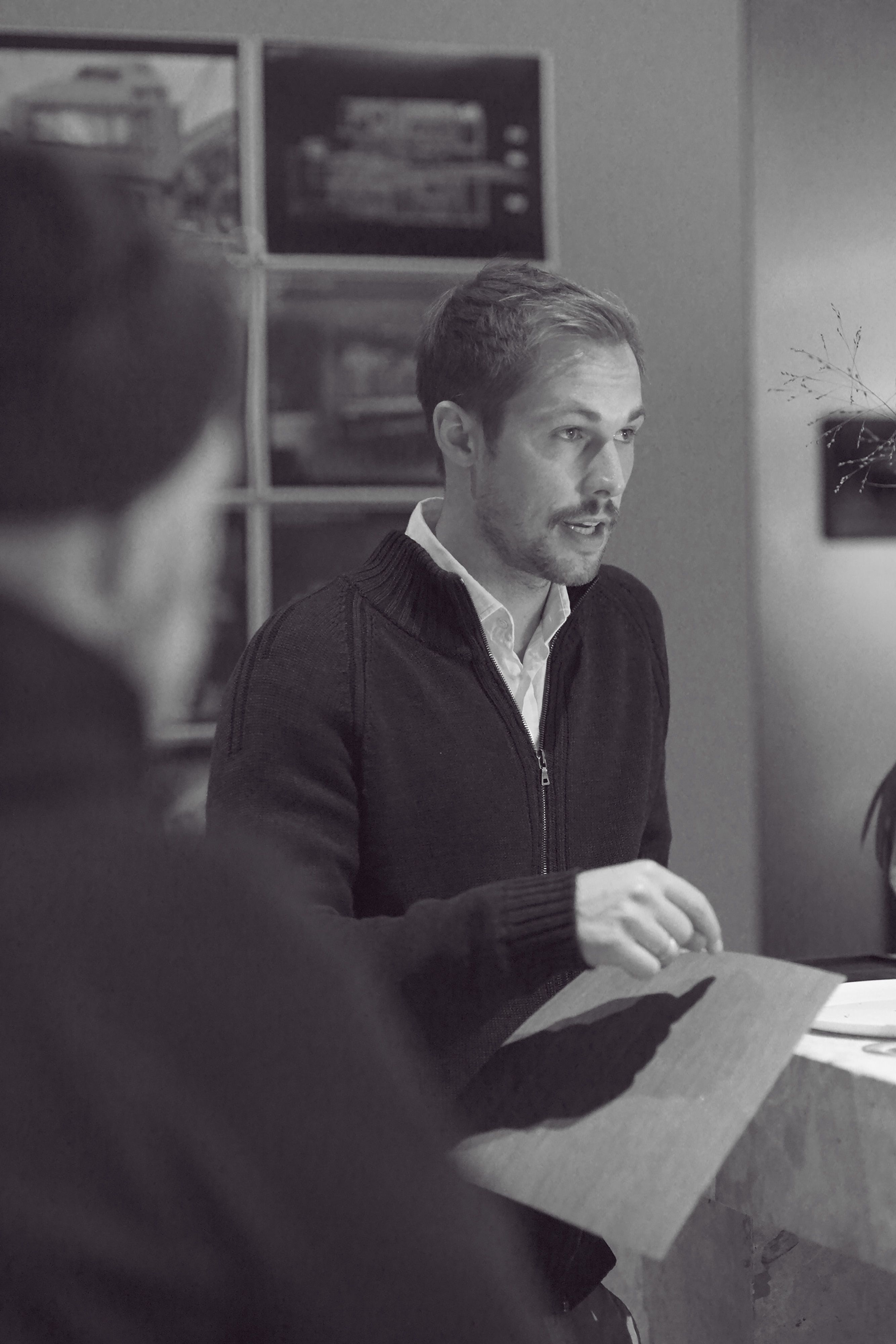
“The basis of Karuun is the rattan palm ... which needs existing, active rainforest to grow.”
“The basis of Karuun is the rattan palm, with lianas of up to 200 metres in length and a diameter of up to 10 centimetres. There are up to 600 types of rattan palms,” says Felix Grüneberger. They wind from tree to tree and do not thrive in monocultures; on the contrary, “they need existing, active rainforest to grow.” The special feature of the liana is its porous capillary structure, through which it transports water and which gives it a low density and special elasticity. The liana grows very fast, about three to five metres a year. Its cultivation is obviously sustainable, but so is the harvesting process. Felix Grüneberger explains that rattan is harvested by hand, which helps create local jobs.
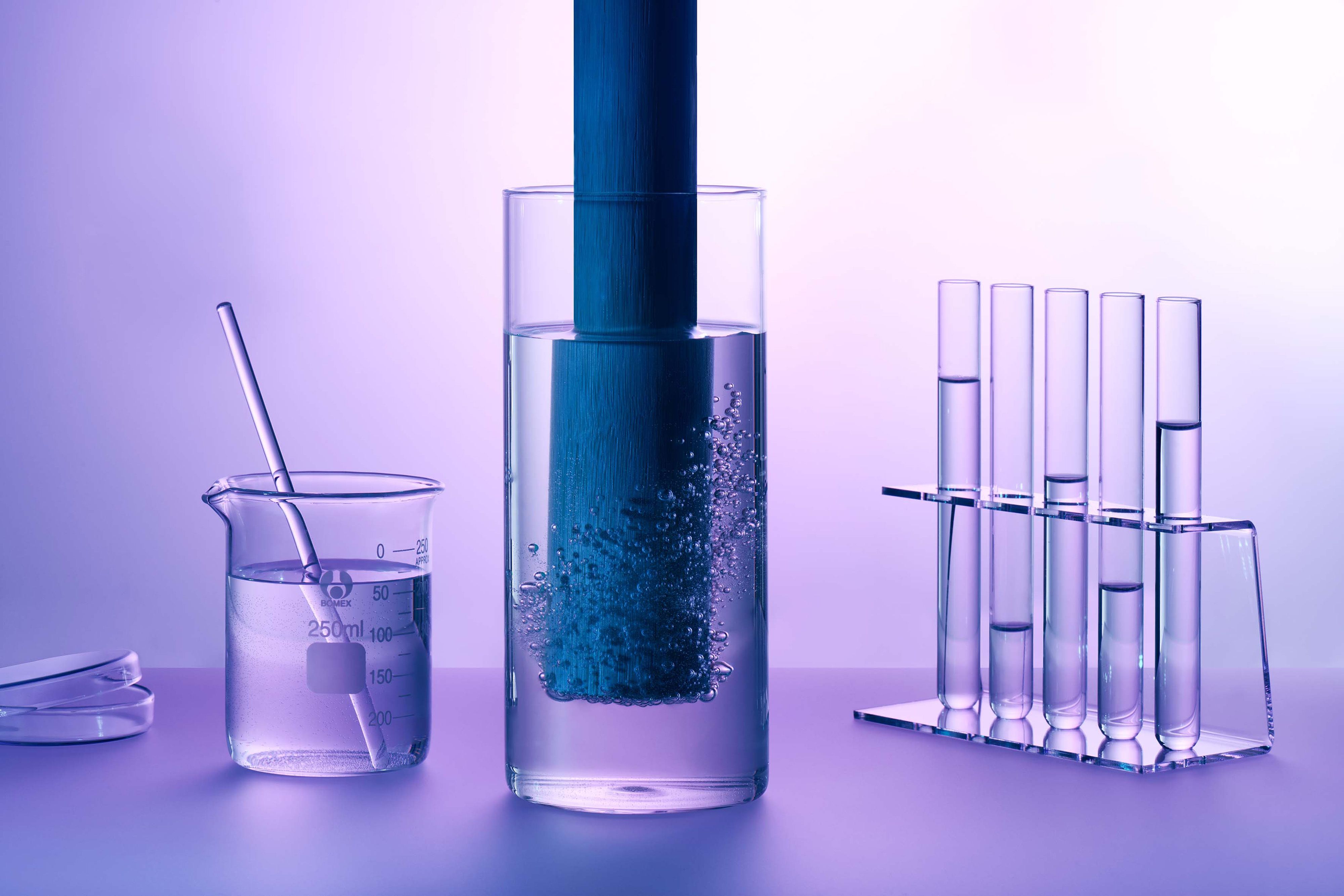
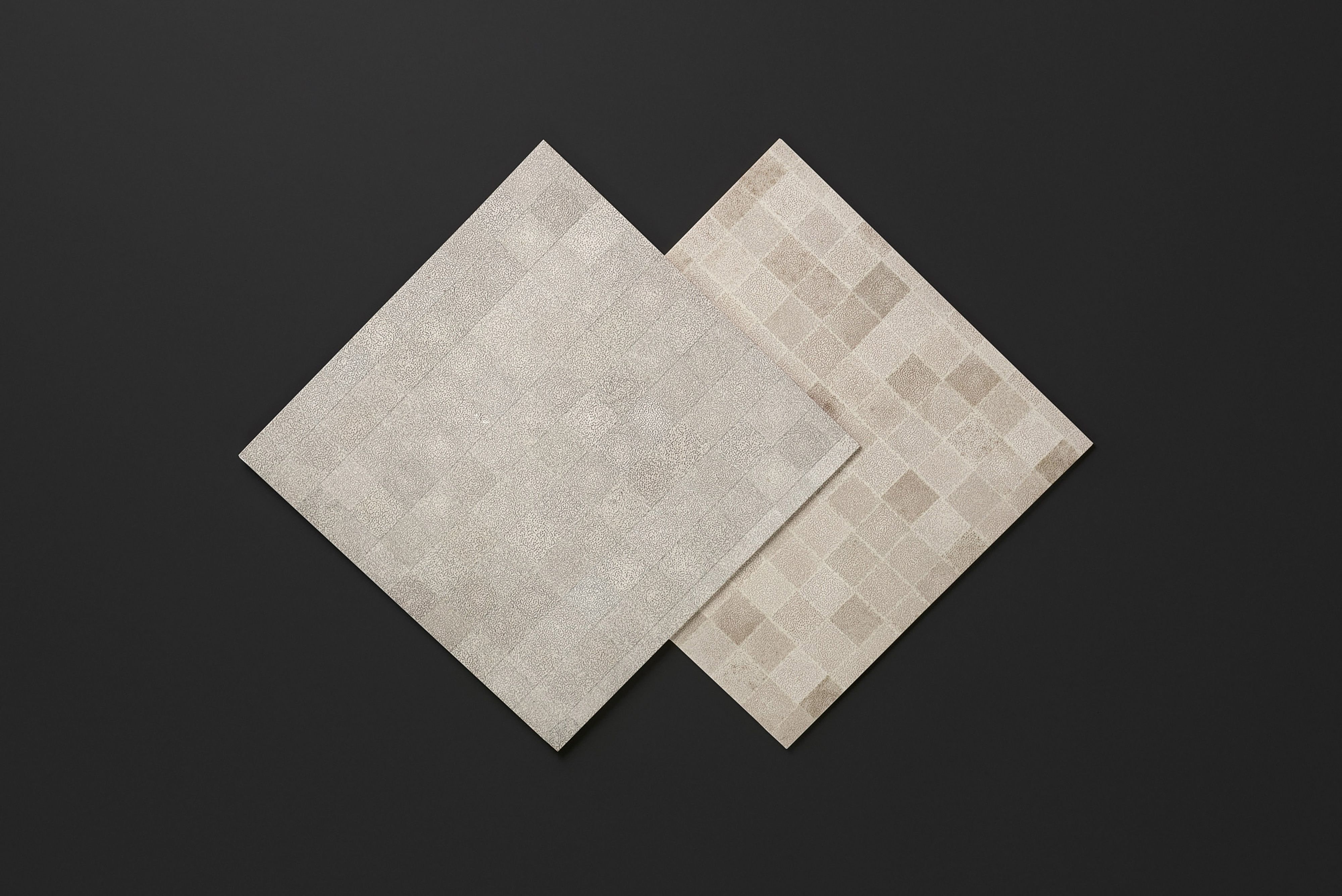
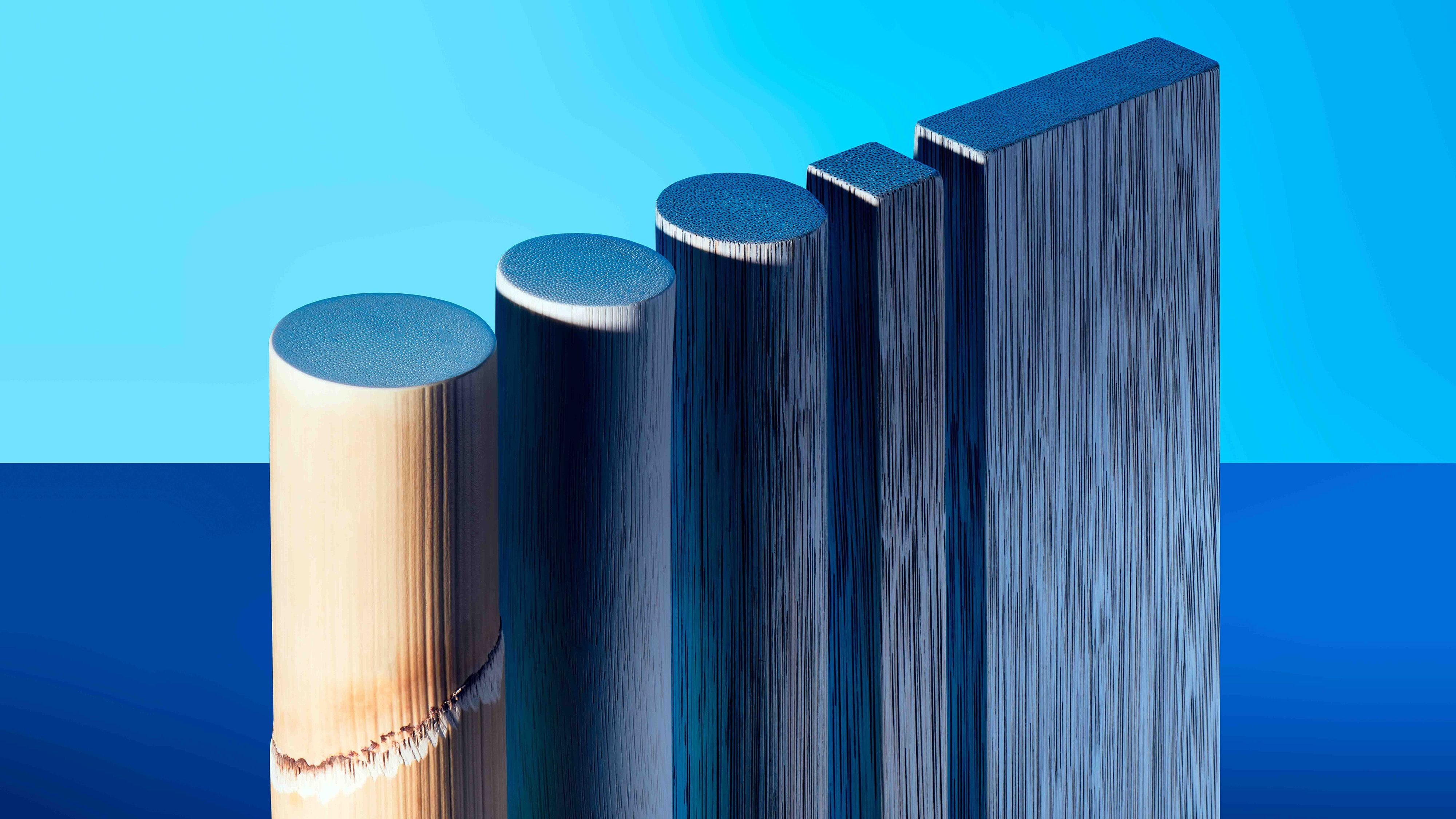
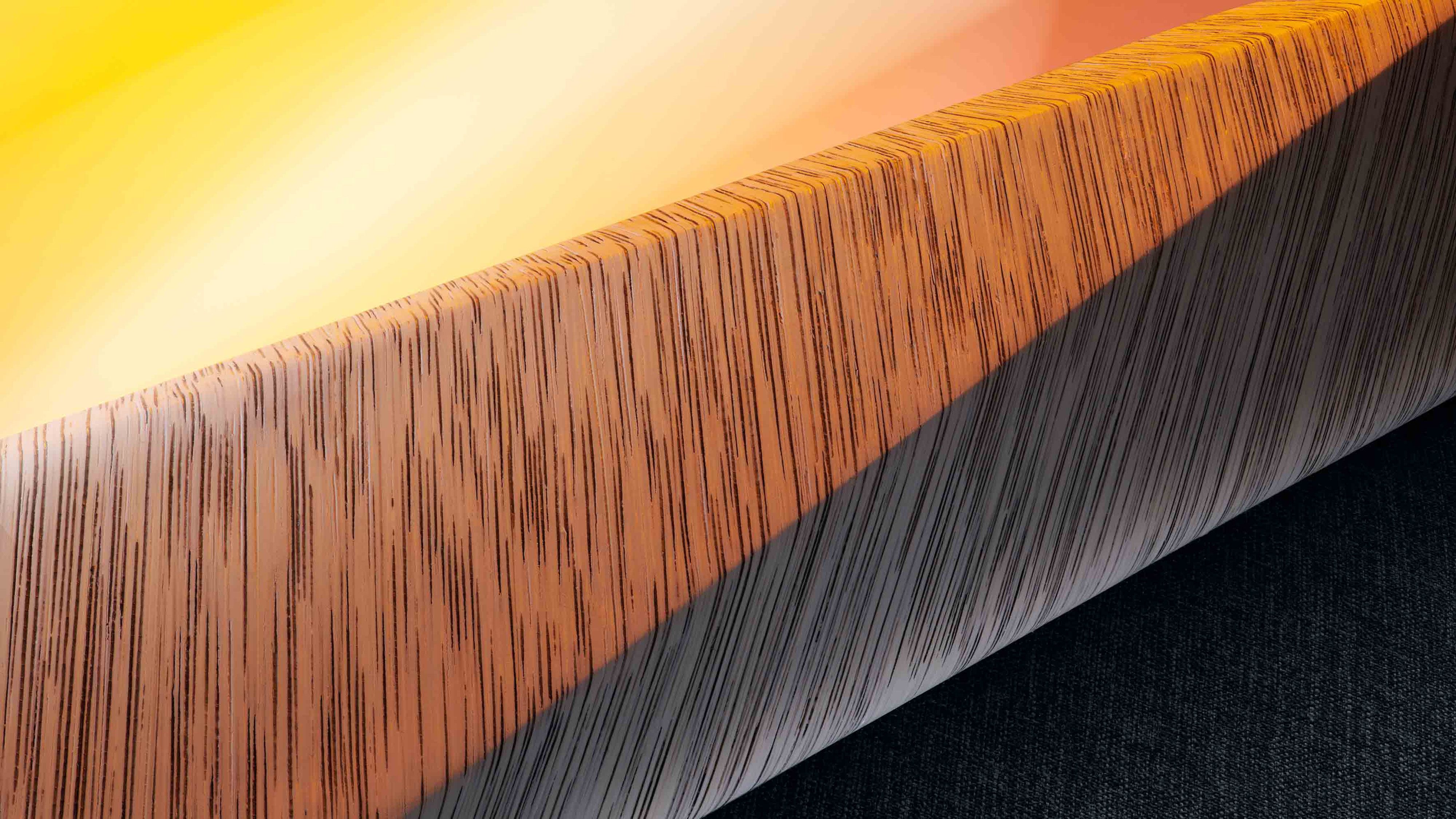
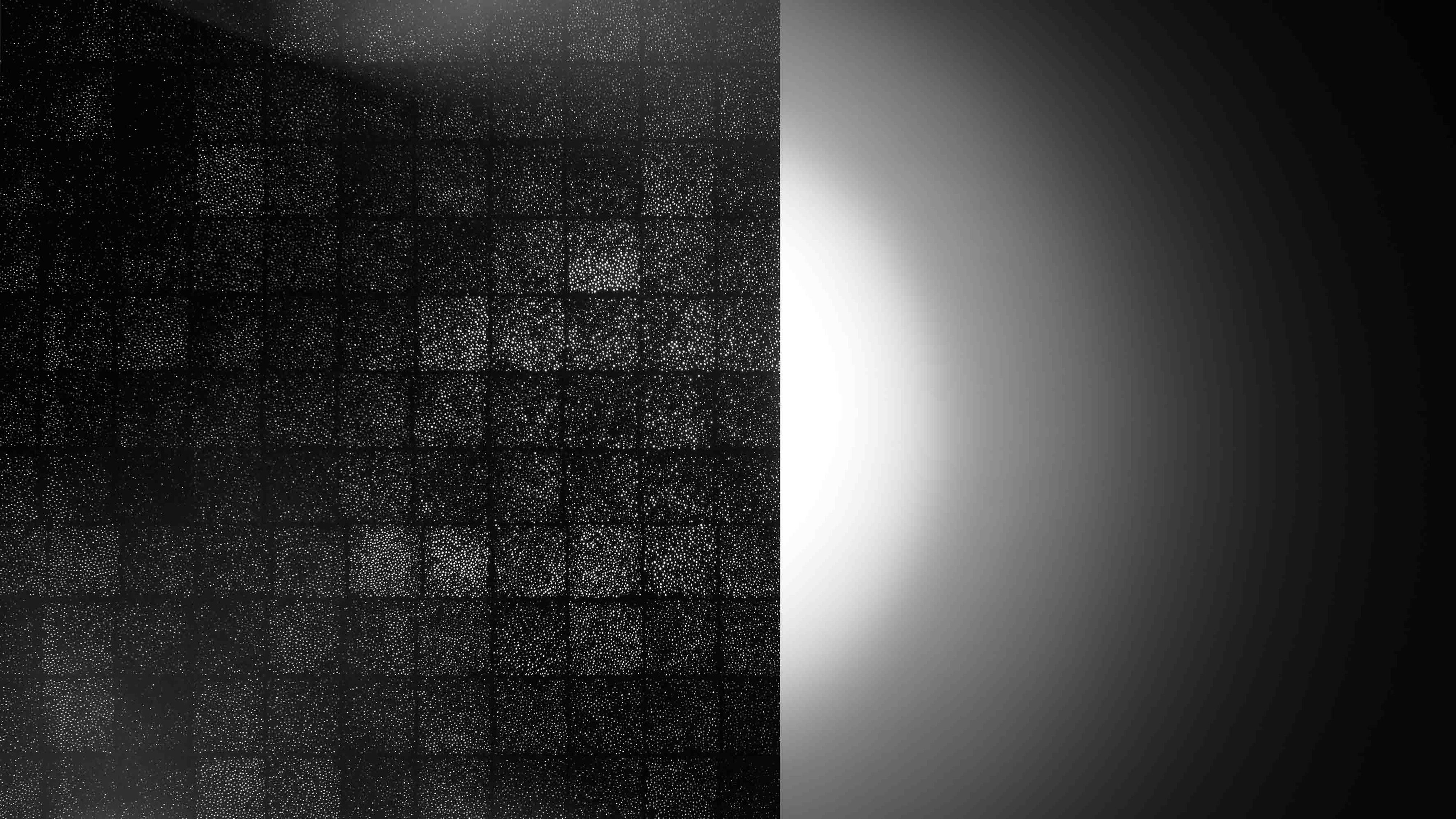
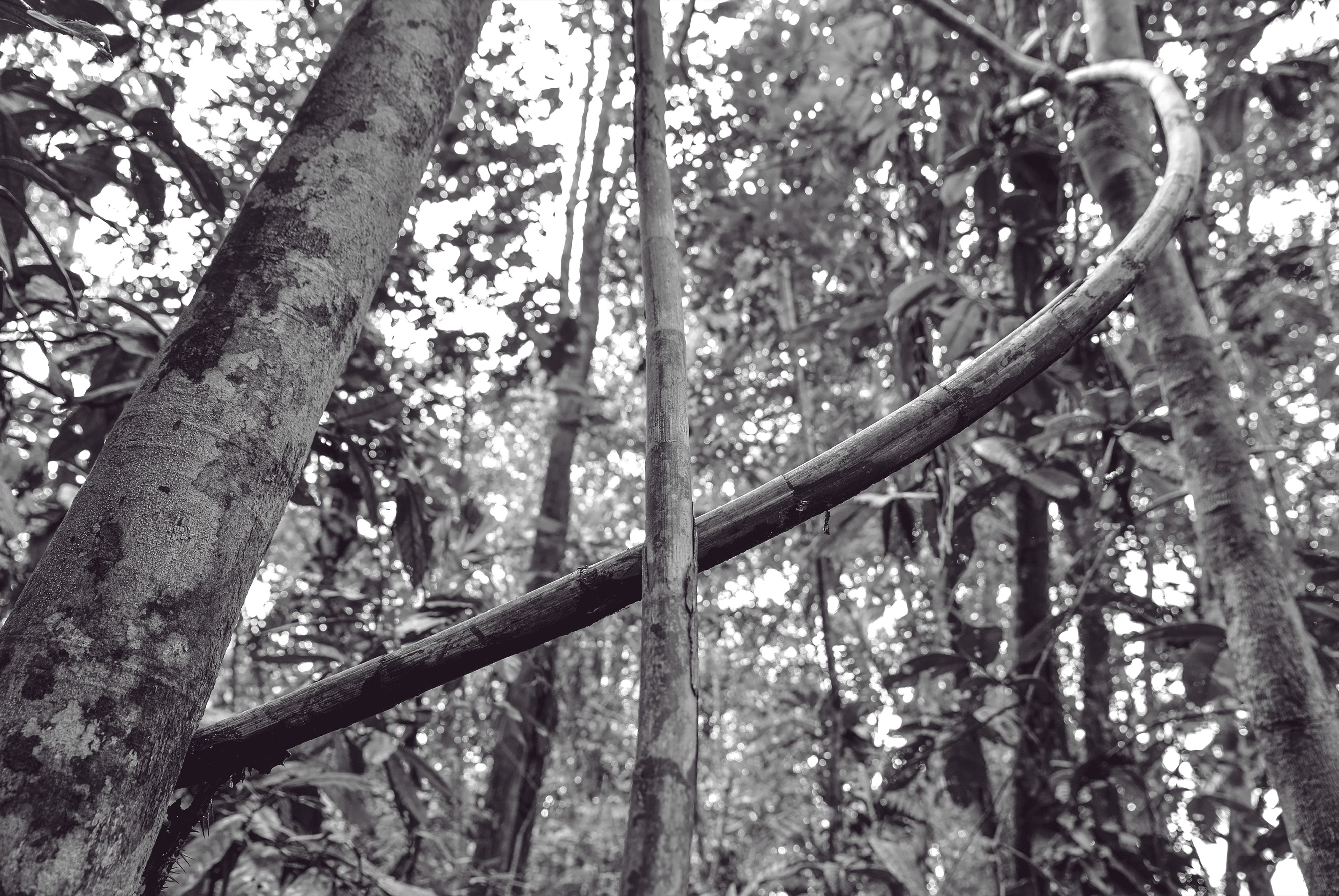
Out For Space turns rattan into Karuun by treating the capillary structures of the rattan palms with different coloured liquids. This is what the first patent is based on. The second patent covers veneer production. “Poles of rattan are milled square and glued together to form blocks,” says Felix Grüneberger. This can then be used to make veneer, which Holzrausch also uses.
“The surface can also be stained or finished with bio-resin,” explains Felix Grüneberger. Even conductive structures can be incorporated, making Karuun a smart material that can be used as a switch, for instance. Another new development is the collaboration with Swiss startup Koltiva, which places a chip in the seed of the rattan palm so that the product's journey can be traced later on. If everything keeps going so well, the material may even be able to replace plastic in the future, according to Felix Grüneberger.
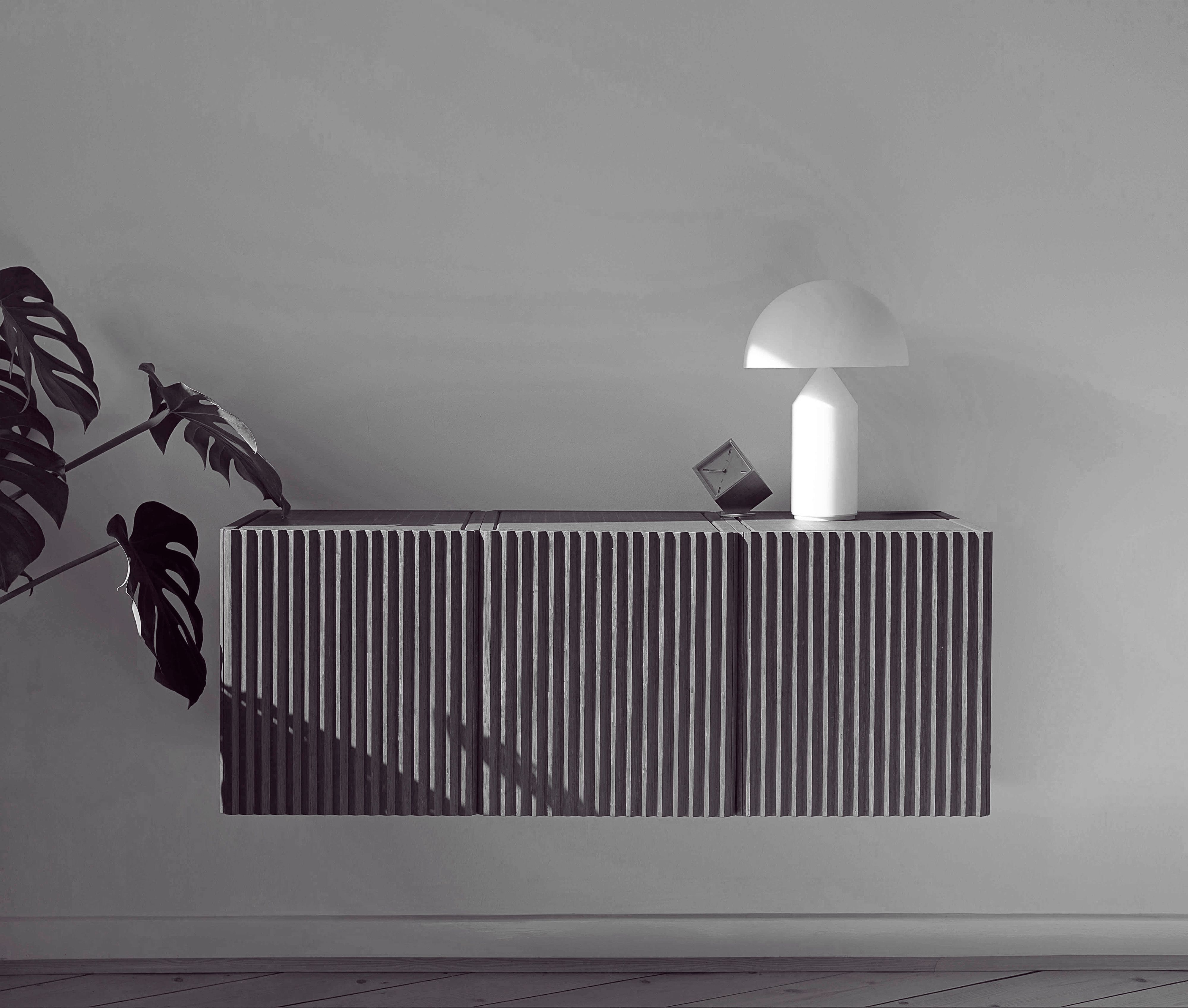
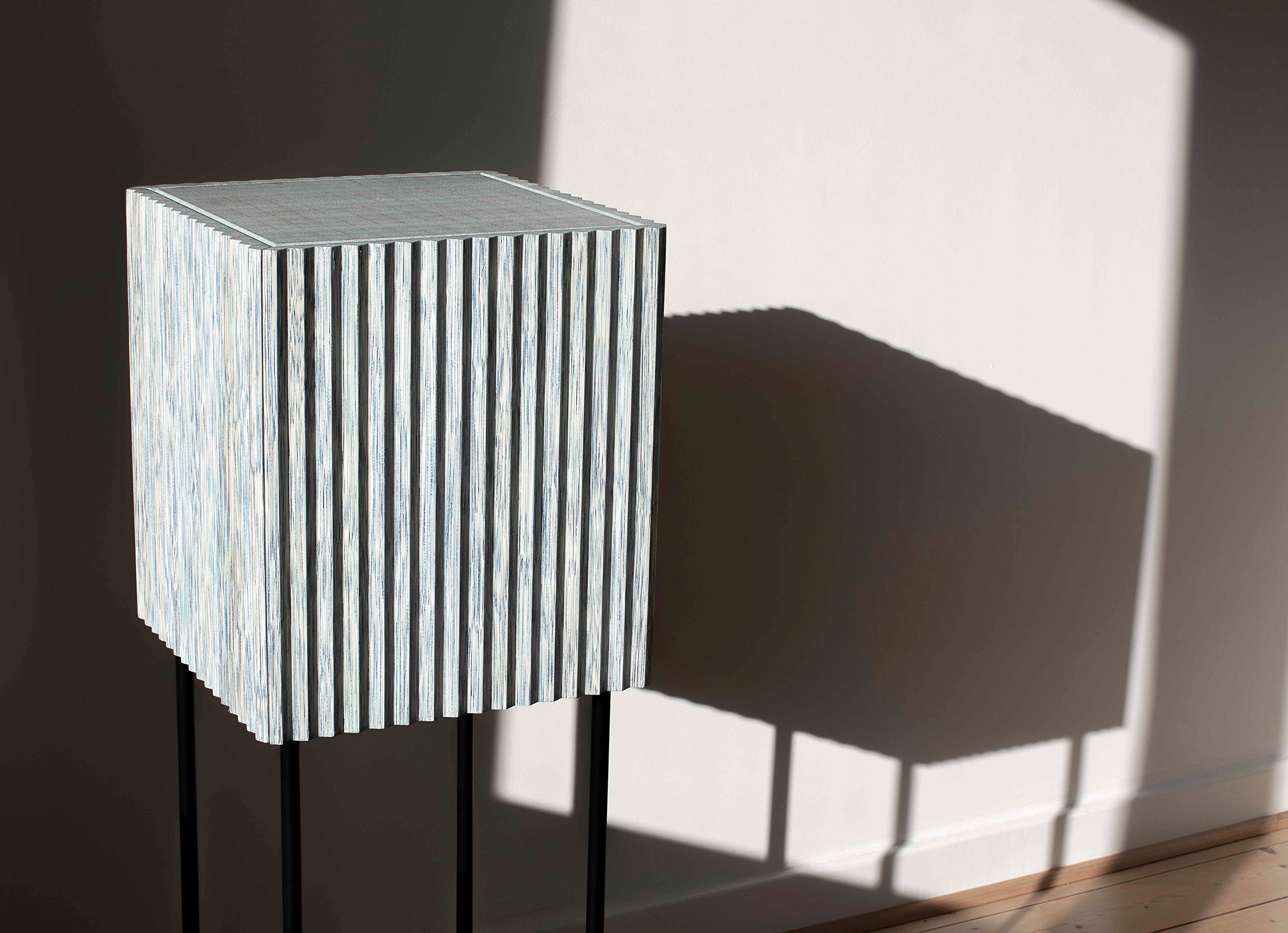
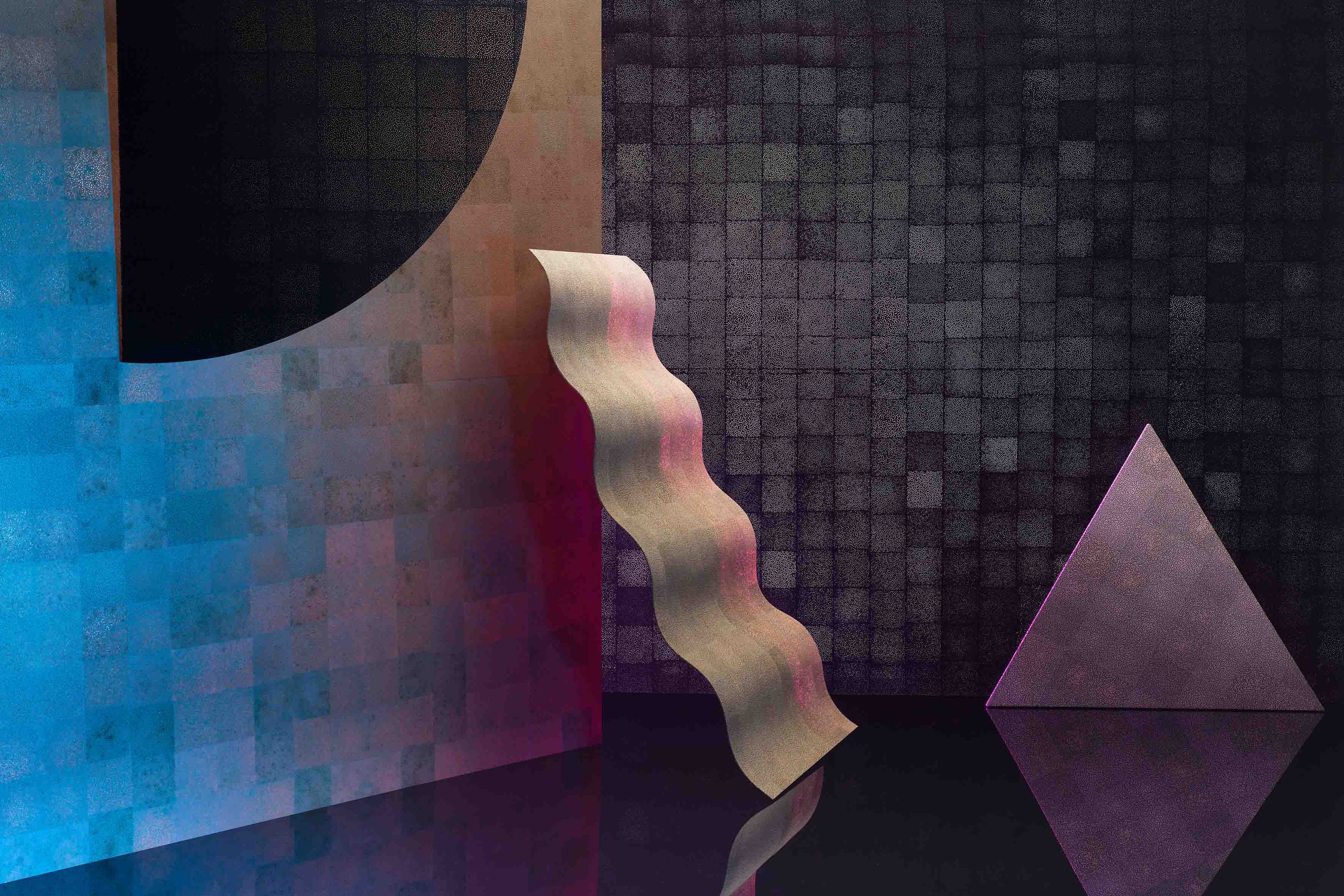
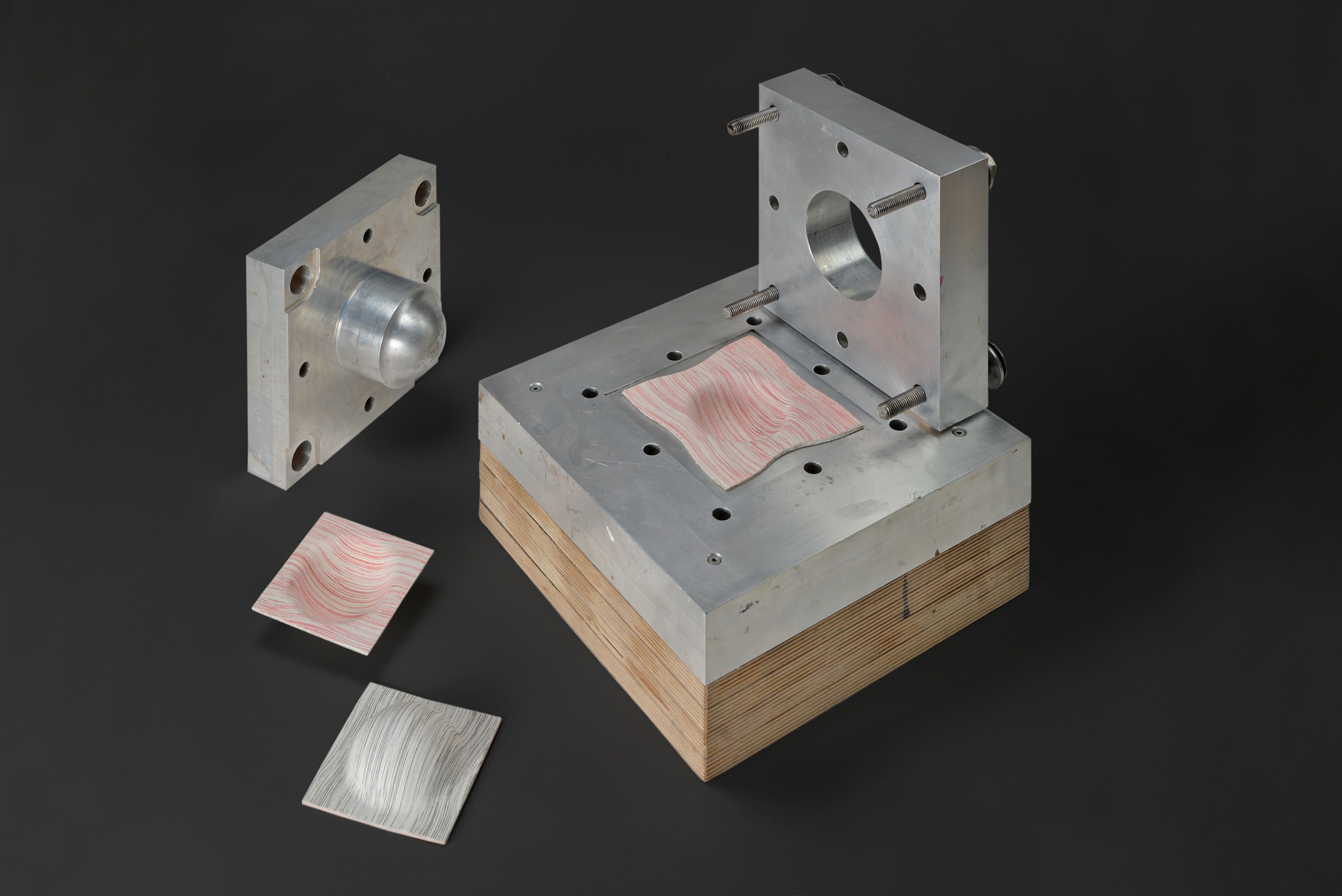
“We are working on making Karuun fully biodegradable, with a mushroom-based adhesive.”
The largest application to date in terms of size is found in the Museum of the Future in Dubai. Here, Karuun was used as wall covering in a maximum format of 250 by 33 centimetres. The automotive industry on the other hand is discovering the material for e-cars, as it goes well with the futuristic concept being more contemporary than classic burl wood. Holzrausch uses the novel material for its customised interior projects, including one in Tuscany. The delicate capillary structures of the material also decorated a temporary sales stall at Ludwig Beck, a department store in Munich, which was realised by Holzrausch for the child welfare organisation UNICEF for the sale of Christmas cards. This is only the beginning of how this novel material can be used in design. Its special aesthetic quality is particularly fascinating – the entire Karuun product range can be admired at the Holzrausch showroom in Munich’s Blumenstraße.
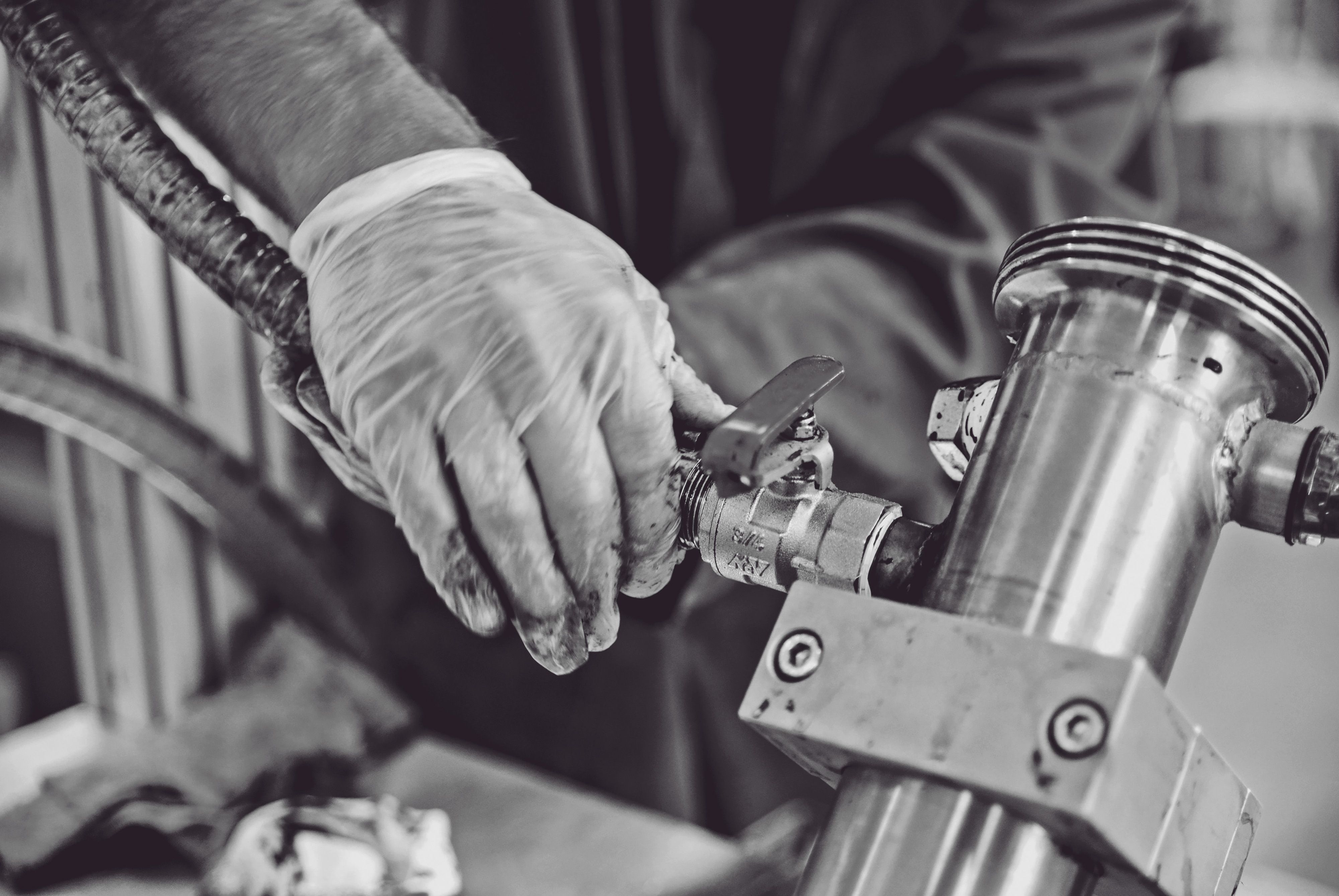
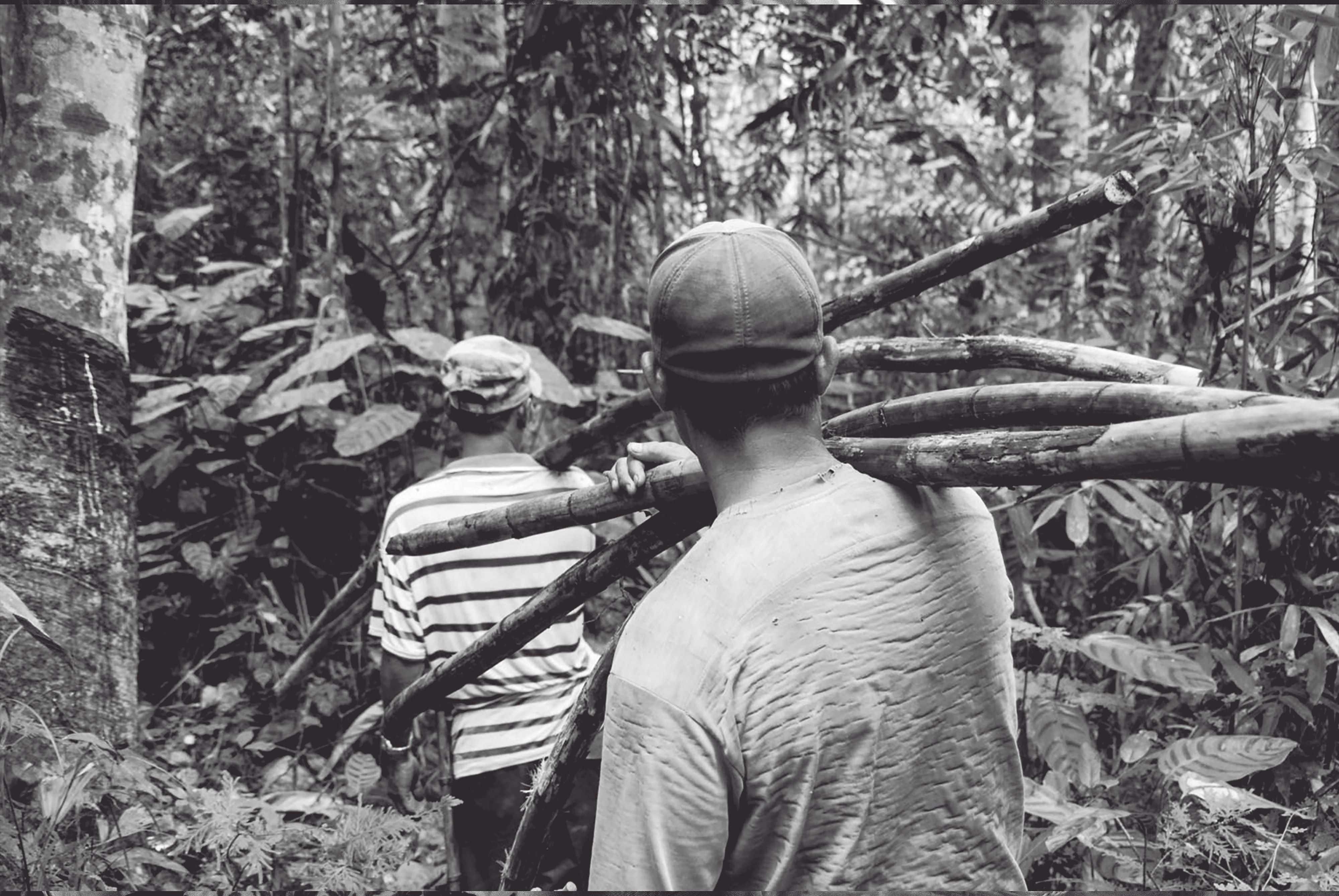
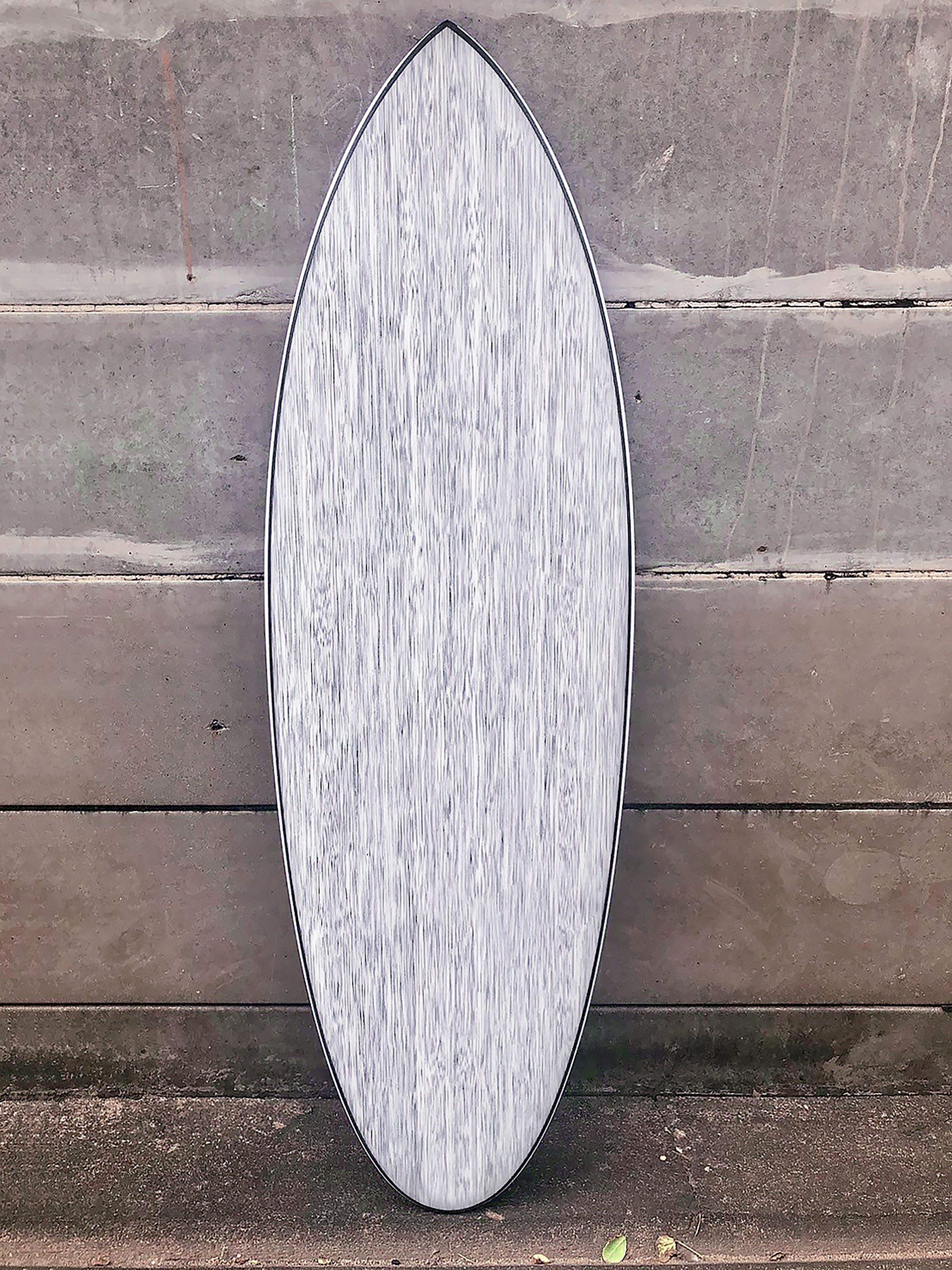
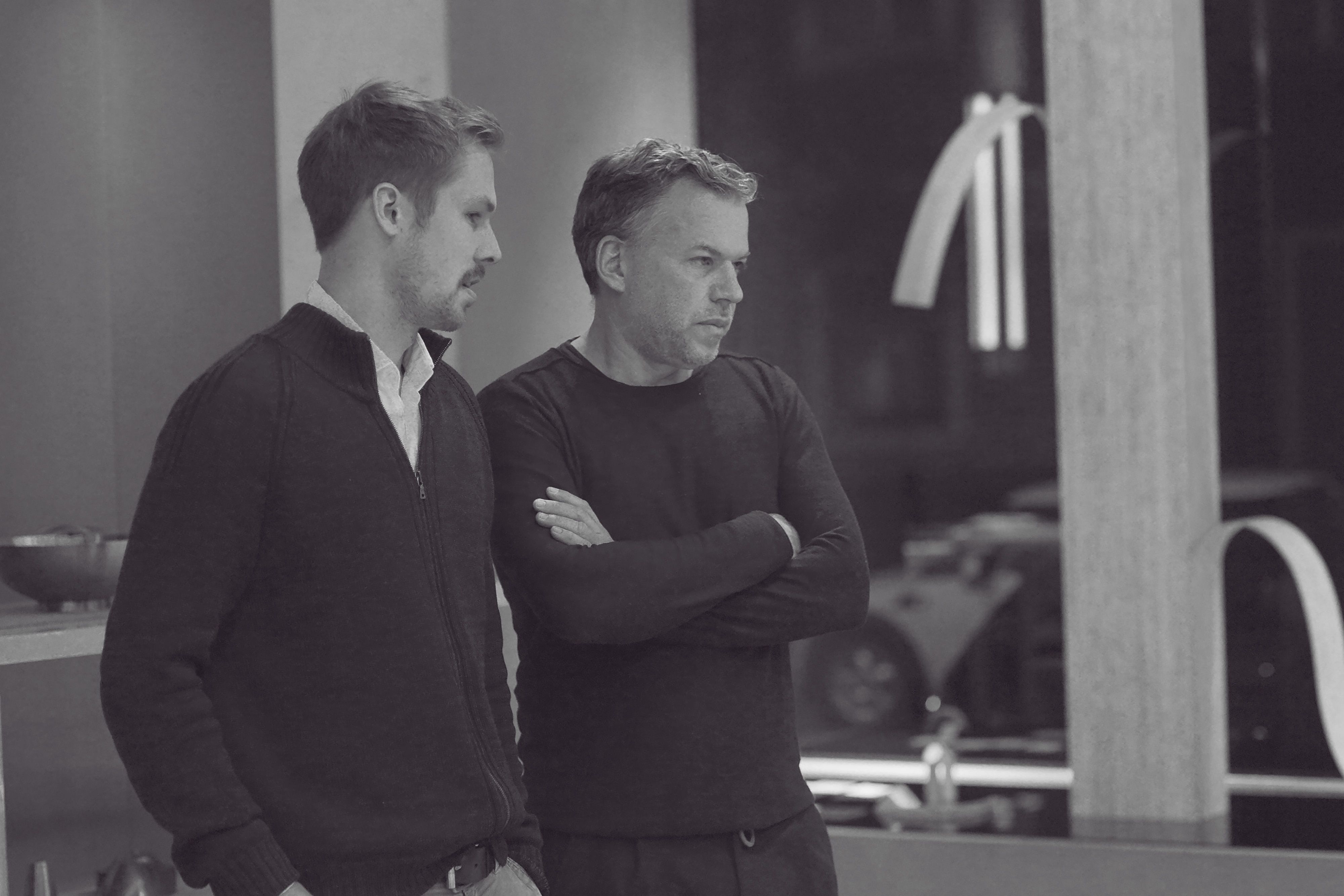
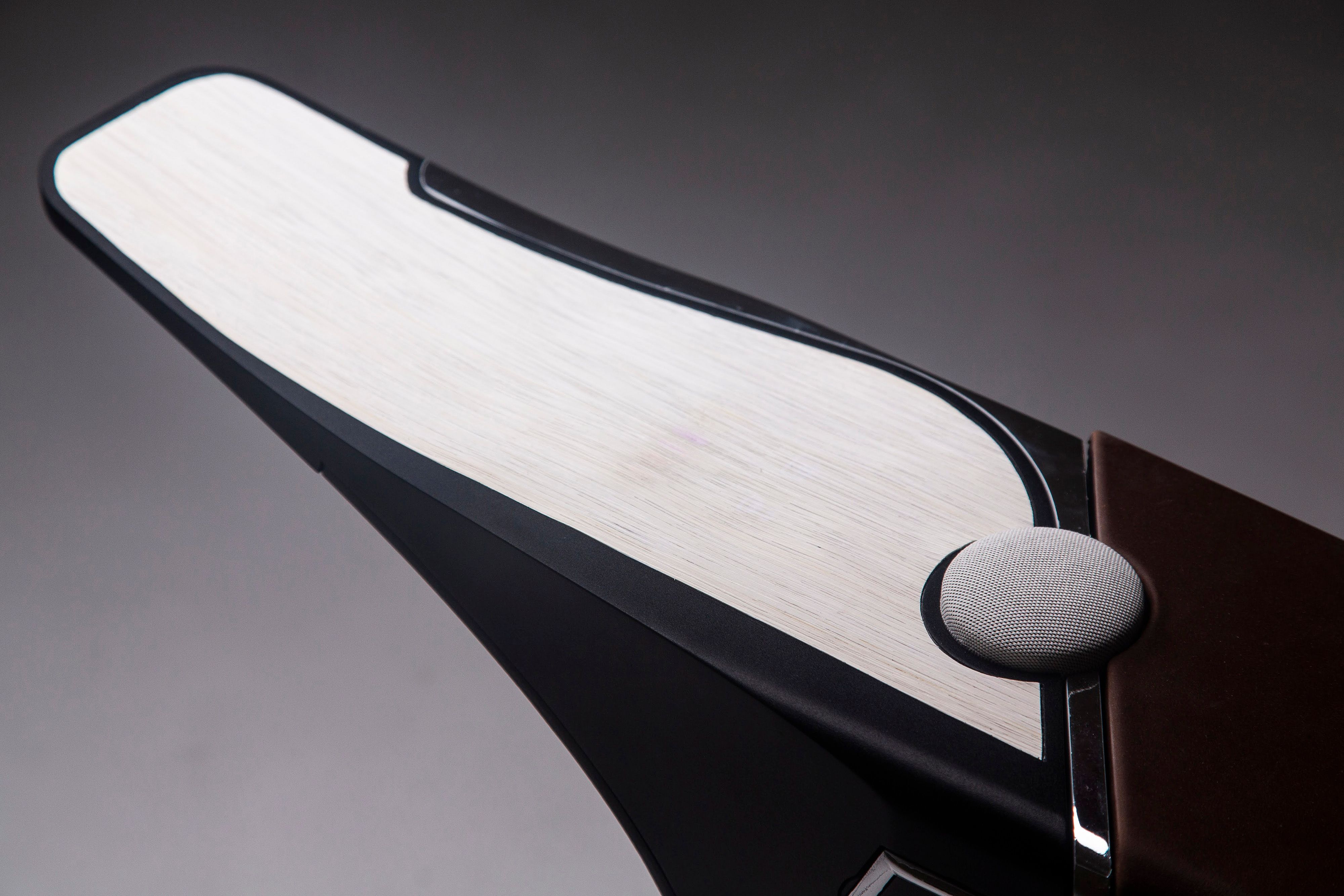
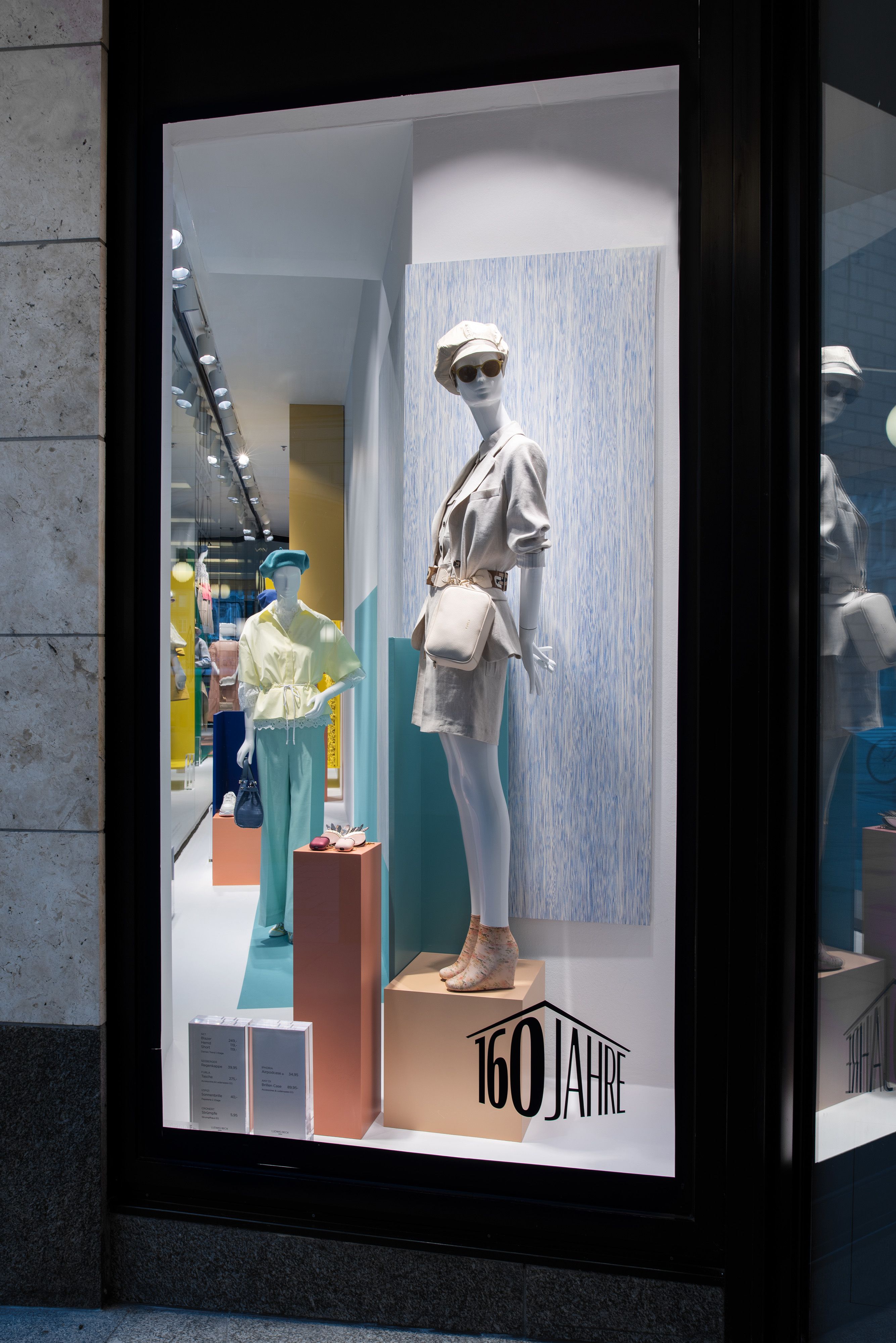
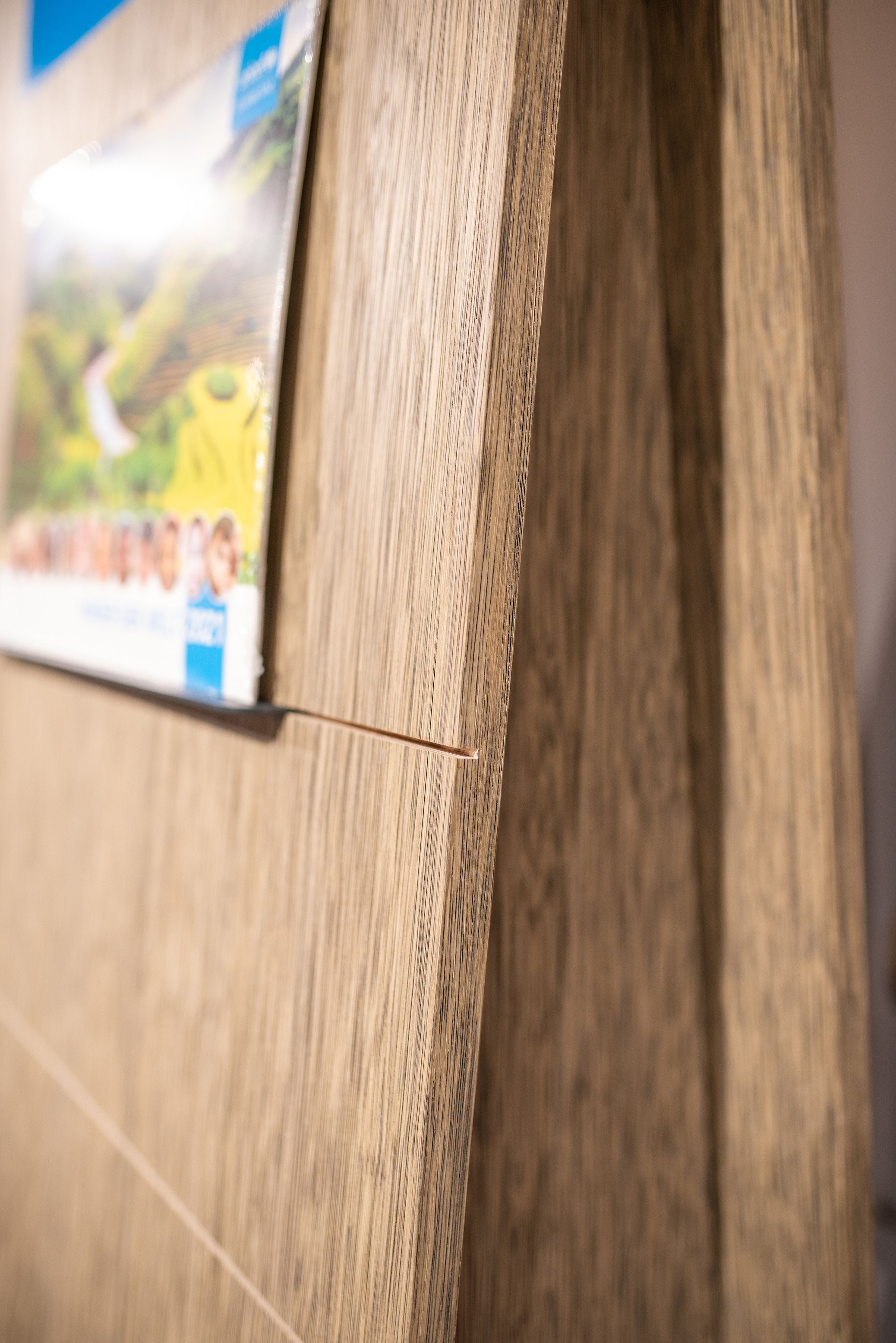
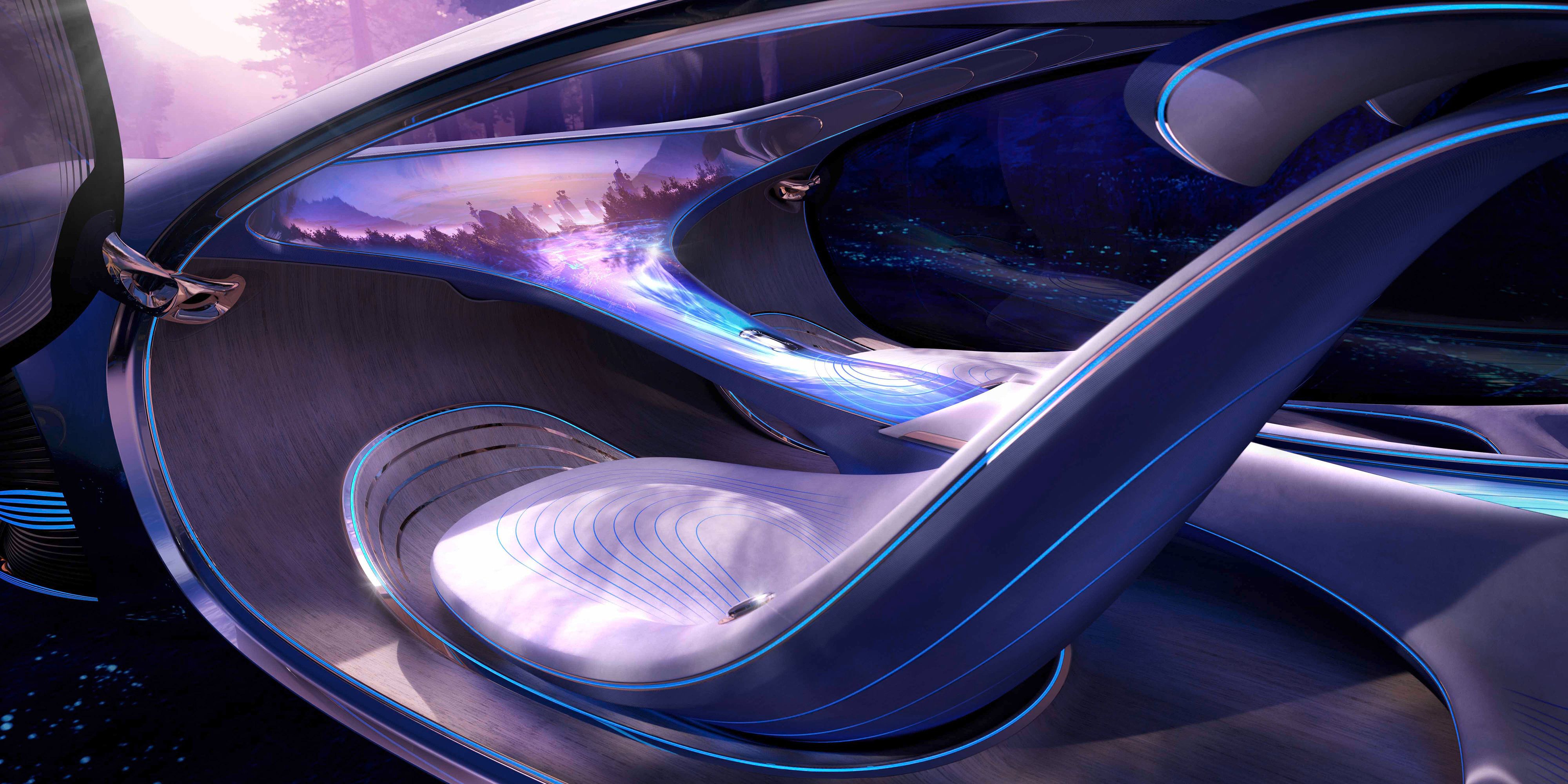
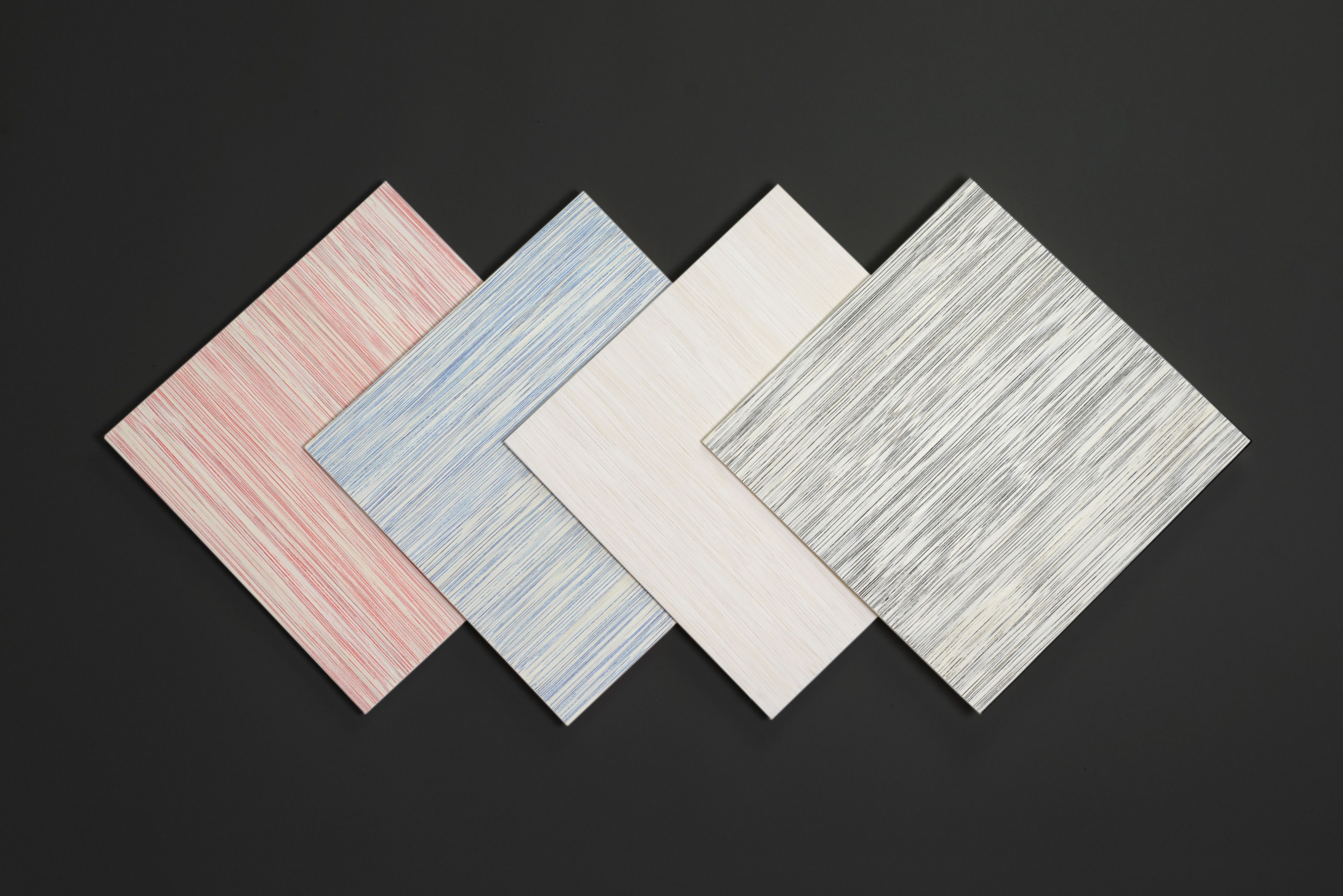
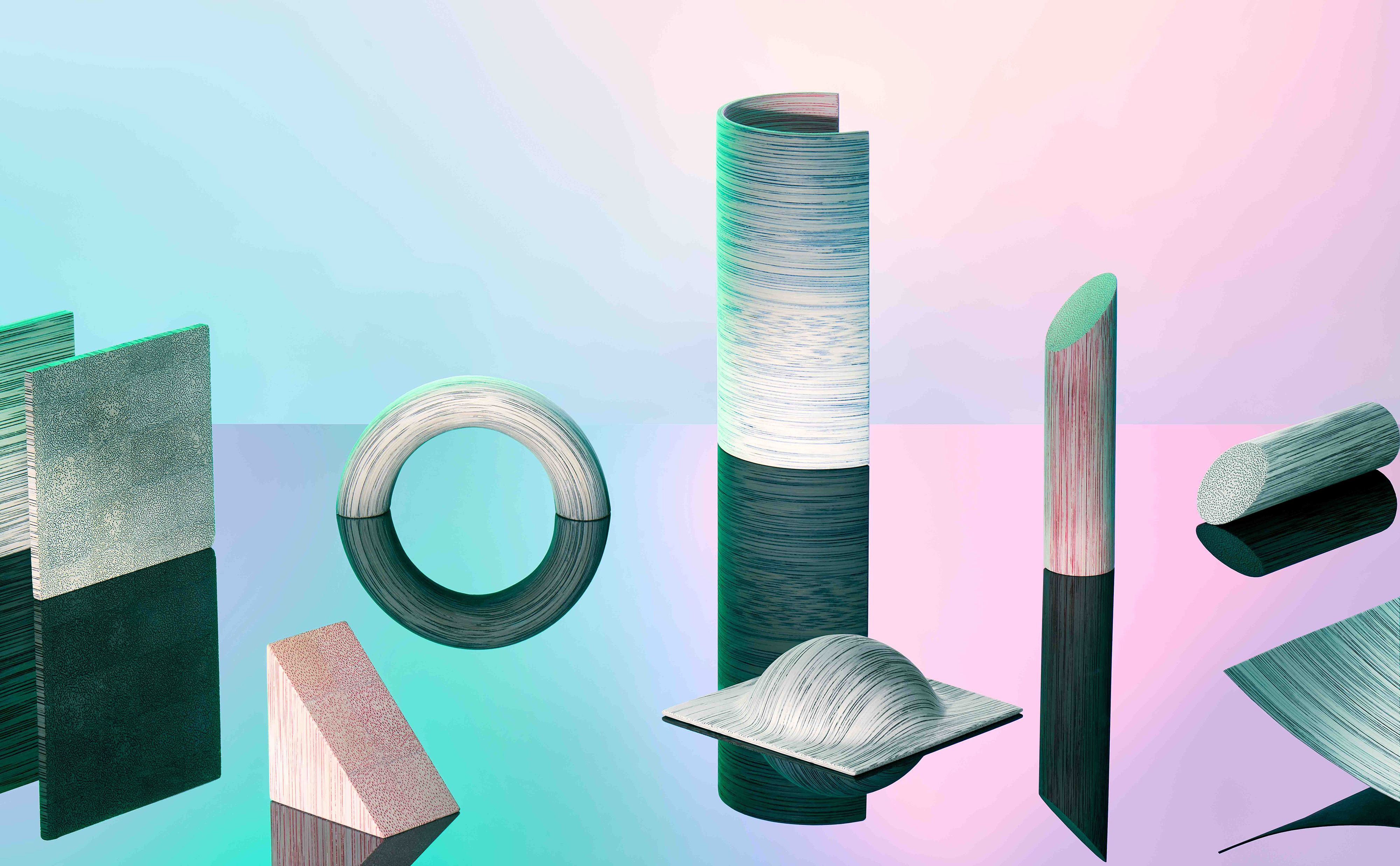
The pictures show designs and products developed by various designers and companies.
Cabinet furniture from Caussa, design by RSW, Hanover